In the healthcare industry, where patient care, compliance, and data security are paramount, IT Asset Management (ITAM) plays a crucial role in maintaining operational efficiency and protecting sensitive digital assets. With the increasing use of connected devices, electronic health records (EHRs), and telehealth platforms, healthcare organizations are more exposed to cyber threats than ever before. A robust ITAM strategy ensures that every device, application, and data point is tracked, monitored, and secured throughout its lifecycle.
How IT Asset Management Protects Vulnerable Healthcare Assets:
Inventory & Visibility
ITAM tools provide complete visibility into all hardware and software assets within the organization. This transparency helps IT teams quickly identify outdated or unsupported systems that could pose security risks.
Compliance & Regulatory Adherence
Healthcare is governed by strict regulations like HIPAA. ITAM ensures that assets are compliant by maintaining accurate records of software licenses, updates, and usage, thereby reducing the risk of violations.
Security Risk Management
By monitoring the status and health of assets in real time, ITAM systems help detect vulnerabilities, such as unpatched devices or unauthorized software, preventing them from being exploited by attackers.
Lifecycle Management
ITAM manages the entire lifecycle of assets—from procurement to decommissioning—ensuring that end-of-life devices are securely wiped and disposed of to prevent data leakage.
Incident Response Support
In the event of a cyber incident, ITAM enables quick identification of affected assets, aiding faster response and recovery.
Cost Optimization
With clear insights into asset usage and performance, healthcare organizations can avoid redundant purchases, reduce operational costs, and allocate resources more effectively.
In summary, IT Asset Management is not just about tracking devices—it is a strategic approach to protecting vulnerable healthcare assets, improving compliance, and strengthening the overall cybersecurity posture of healthcare institutions.

